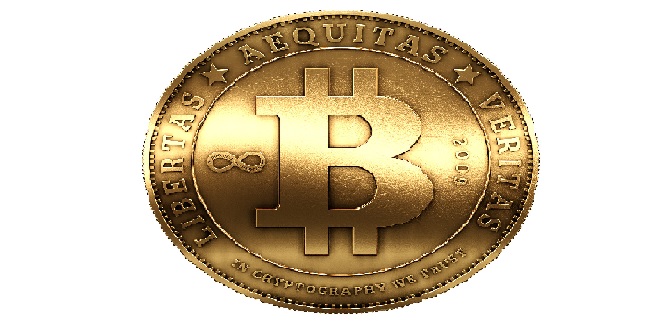The history of bitcoin is rather short considering the history of humanity. Let us us say that it was “invented” in the year 2008. A group of mathematicians has embodied the idea of a currency based on mathematical and cryptographic basics. It does not sound familiar to the most users of the Internet; it might be something ordinary for mathematicians and experts of IT. But it is not that hard to understand if we decide to go through this interesting community step by step learning the necessary language with it vocabulary, rules and exceptions.
Some time ago the name Bitcoin, as of any other crypto currency was not that famous as it is now. Often this type of money has entered the news – both positive and negative. Now the amount of people who have at least heard about it is quite big.
The first term to consider is the “wallet”. In the digital world it is the same as a physical leather wallet we carry in our pockets. There the coins are stored, moved from one wallet to another and even via an exchange service also located on the Global Web enter the real world in form of any other currency – Dollars, Euro, Yuan, etc. any action performed with these coins is registered. Information on it can be seen on the Block Chain. The first point where a coin occurs or let us be very simple – is born – is the CPU of a PC. The process is called mining. Special software and some update of the hardware allow creating coins. The process is not unlimited. The author and developer Satoshi (no one is sure that it is his real name and that it is a single person) set a limit on the process. Currently, if a user succeeds in mining he receives a “minted” bitcoin. Now the result equals to 25 BTC in some time, or in particular, in 4 years the amount will be two times less. The miners have to inform the Block Chain of the result and to trade or make some deals on the network of bitcoin. Normally, they are the people who also sell the coins to other, who do not mine.
The BTC as any other currency can be divided, like any other fiat currency in smaller digits. The smallest one is the “satoshi” equal to 0,00000001 BTC. Goods can be purchased from merchants on the web for these digits. A whole bitcoin can be equal to several hundreds of dollars, so imagine the price for something ordinary as a pen or chewing gum.
The amount of coin belonging to a person is seen on the Block Chain. This information is not a secret. It is collected from any device where the wallet is placed on. Different companies offer wallets online, on smartphones and mobile devices, on PC’s. A wallet can be even viewed on any of these platforms.
A buying and selling process can be described as following. The seller has a product the buyer needs. The price is adequate and the buyer sends the money over SMS, email or a service on the web to the seller. The entrance of the amount of money can be viewed in the Block Chain. One lost – the other gained. One merchant can have several wallets, but the buyer might never get to know, who was the person that received the money and gave back the requested product, material or matter.
The names of wallets are a chain of symbols seen by all users. But it is protected from intruders or people pretending to own a particular wallet. It has a second raw of symbols – the key for the wallet known only by its initial owner.
That is the process how it runs briefly. For more information, please register on a forum or chat about bitcoin – experience users will be pleased to share the necessary information with every beginner.


